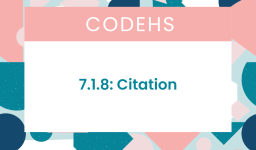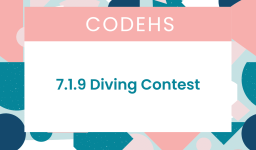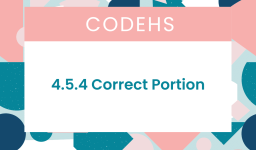Question: According to ICH E6, an inspection is defined as:
Quick Answer: An official review of documents, facilities, records, and any other resources related to a clinical trial.
This question is a part of GCP Audits And Inspections Of Clinical Trials Of Drugs And Biologics.
Broad Description
according to the International Council for Harmonisation’s Guideline for Good Clinical Practice (ICH E6), an inspection is defined as an official review of documents, facilities, records, and any other resources that are related to a clinical trial.
An inspection is an essential process carried out by a regulatory authority, such as the Food and Drug Administration (FDA) in the United States or the European Medicines Agency (EMA) in Europe. This review can take place at various locations, including the trial site, the sponsor’s facilities, the contract research organization’s (CRO) facilities, or other establishments deemed appropriate by the regulatory authority.
The main purpose of a GCP inspection is to ensure the protection of the rights, safety, and well-being of study subjects, and to assure the integrity of study data. It determines whether the trials are conducted, recorded, and reported in compliance with Good Clinical Practice (GCP) guidelines, ethical standards, and other applicable regulatory requirements.
The scope of the inspection can encompass various areas related to the trial, including but not limited to:
- Regulatory approvals: Documents and information related to the approval of the trial by regulatory bodies.
- Ethics review committee approval: Documents and information related to the ethical review and approval of the trial.
- Protocols: Detailed plan of the trial.
- Case report forms: Documents used to collect data from each trial subject.
- Clinical trial reports: Summary of the results and other relevant information about the trial.
- Patient data: Information related to the trial subjects, including medical records and laboratory results.
- Sponsors, investigators, and personnel involved in the trial: This can include qualifications, training records, and other relevant information.
- Laboratory data: Results of laboratory tests conducted as part of the trial.
All clinical trials, including bioavailability and bioequivalence studies, should be designed, conducted, recorded, and reported according to ethical principles originating from the Declaration of Helsinki, in consistency with ICH GCP, and the applicable regulatory requirements.
Further information about ICH GCP inspections can be found in the official ICH E6 Guideline for Good Clinical Practice (link) and other related resources, such as the Good Clinical Practice Inspections Procedures document for Malawi (link).



